Water Infiltration In The Built Environment
Maintaining the building envelope is an important part of the job of a Facility Manager. The building envelope is what prevents water from entering a building from the exterior. Water is problematic because it can lead to rust, damaged materials, mold and mildew, and even odor problems. Identifying and managing water penetration is essential to properly maintaining a building.
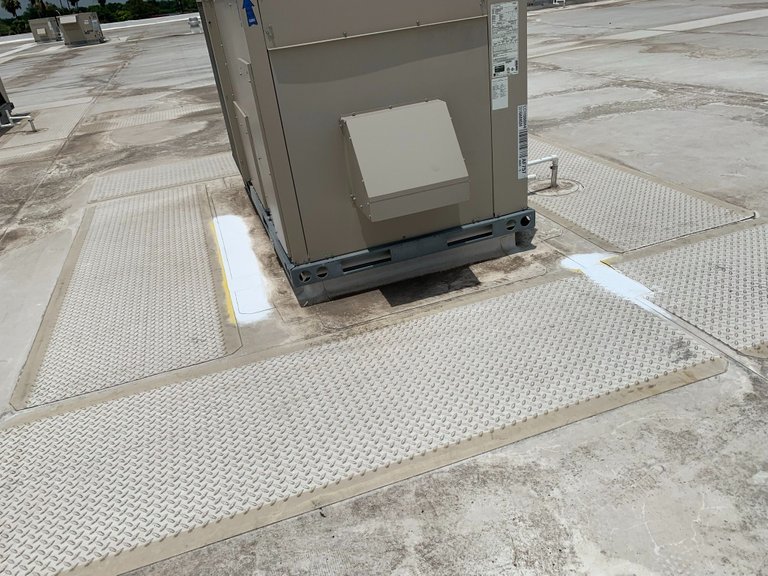
Lately, in South Texas, we have had a relatively wet season. One benefit is that it has allowed us to identify roof leaks and have the TPO membrane manufacturer have repairs made using our warranty. We have no identified any more leaks since the last rain.
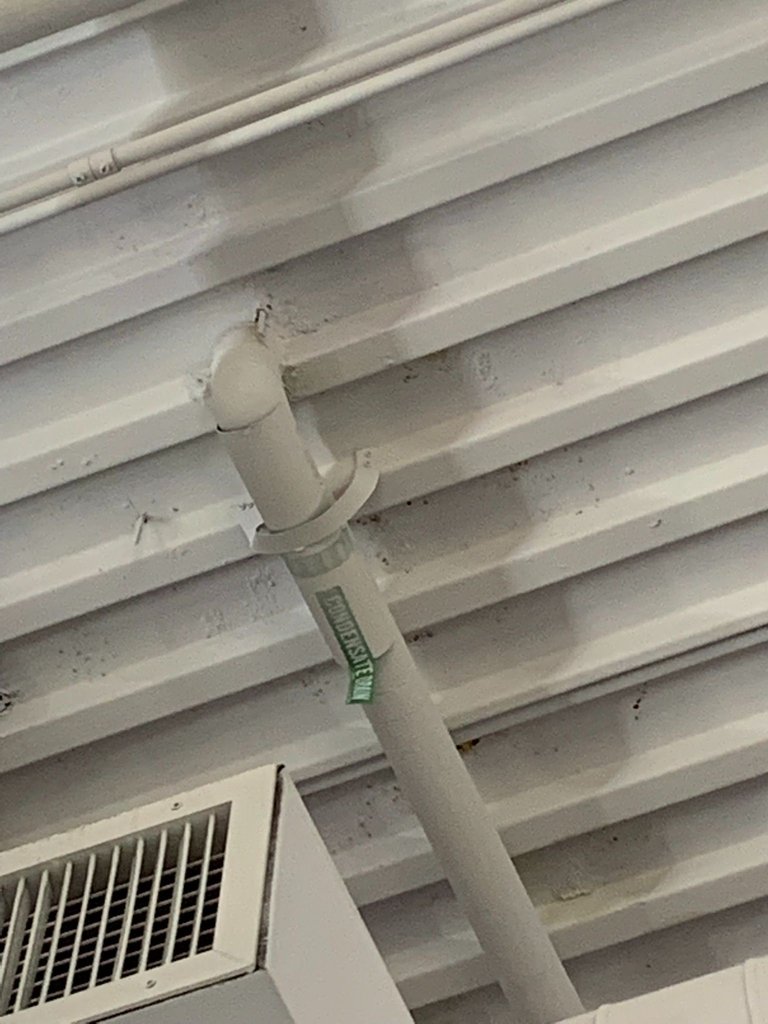
Unfortunately, frequent rains also means that identified problems with moisture penetration will recur. Another problem we have had in our facility is that of water infiltration underneath doorways, our storefront, and windows.
Doorways
The doorway infiltration problem only occurs on our north side doors, particularly during heavy rains. Rain is unable to drain away fast enough, which makes it easy to enter under the doorway. One solution could be to have some form of dam to hold the water out. However, disability requirements necessitate the door sill to be unobstructive to wheelchairs. This means that the threshold plate must be as low as possible. As a consequence we frequently have water enter through the doors.
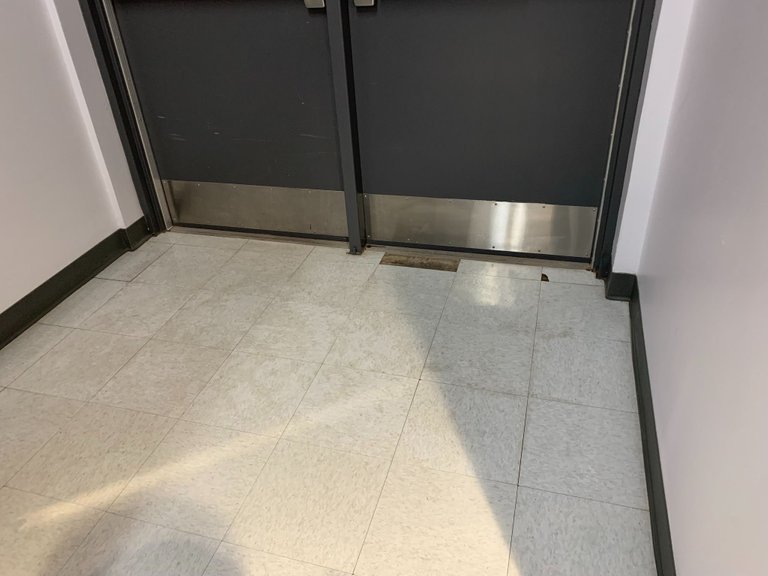
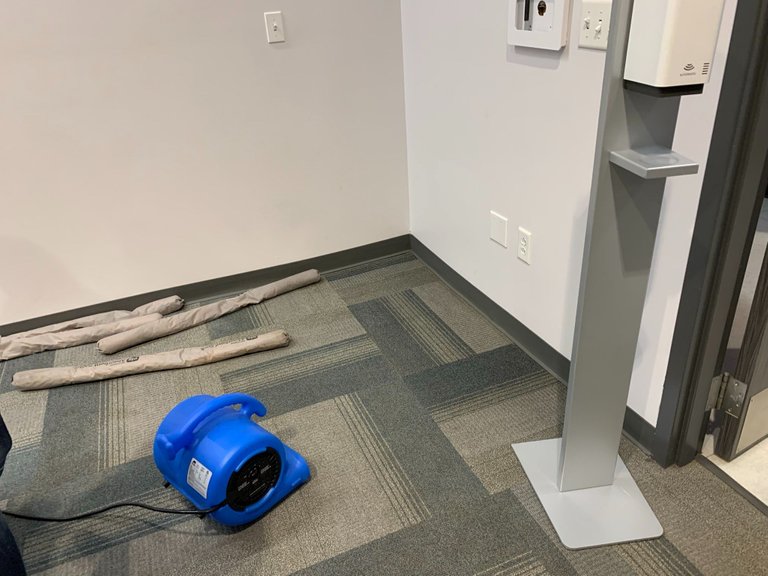
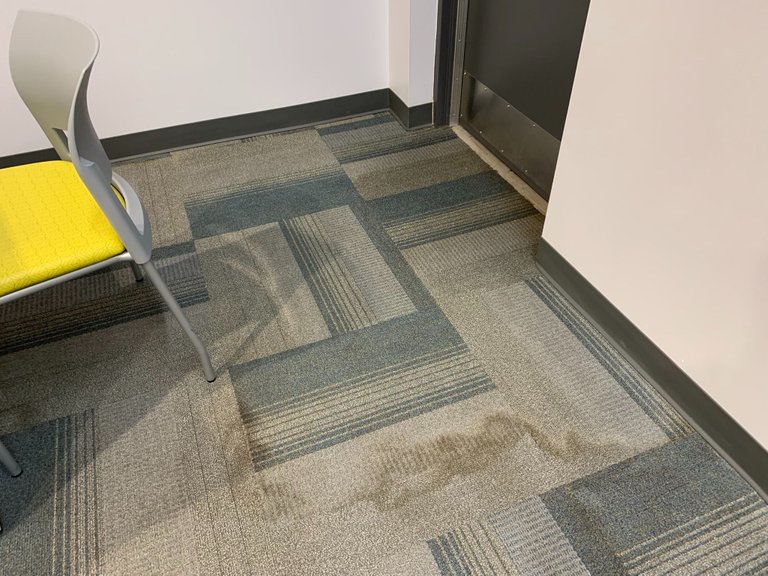
Storefront
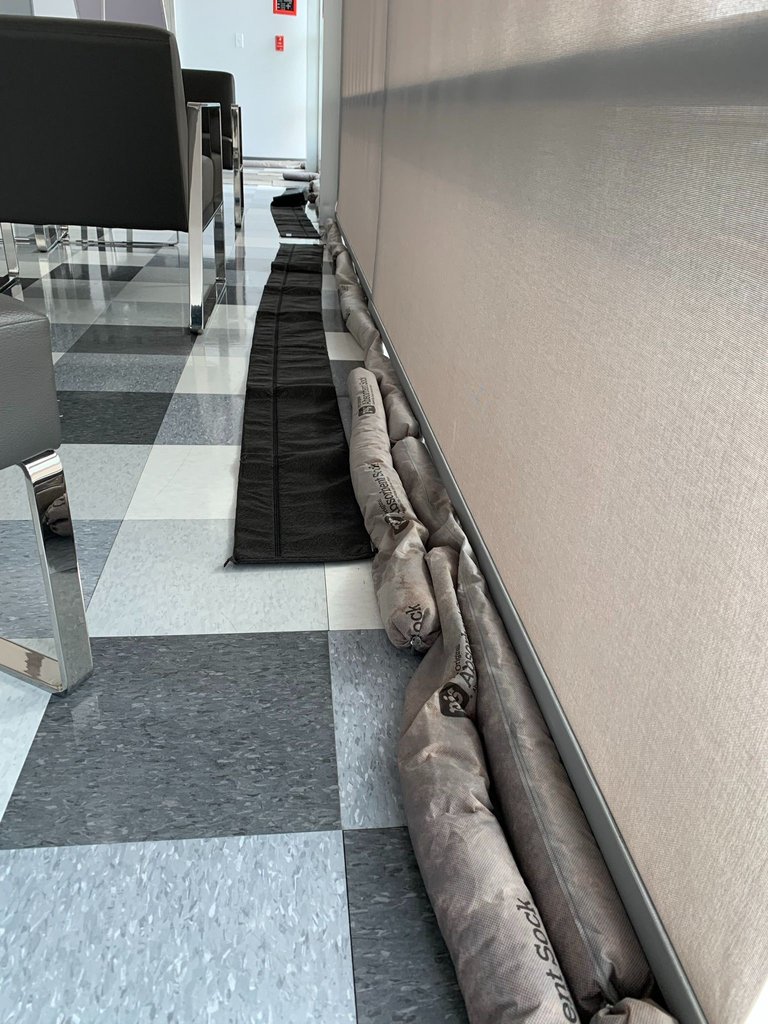
One recurring problem we had was water infiltration from our storefront. We have had it sealed and resealed with no success. Any driven rain would result in water entering our lobby. We consulted with another glass company. They identified that the plate at the bottom of the storefront did not have adequate drainage to allow the water to flow out. Consequently, the water would dam up and find the easiest way out, which included our lobby. They suggested drilling weep holes on the exterior of the bottom frame so that any trapped water could find its way out.

Last night's rain tested the solution. We did have a little bit of water seep in. However, it was not to the level as it has been in the past. We consider this a success. However, this is only a partial solution.
Windows
Windows have been another source of leaks we identified after Hurricane Hannah. We had several windows fail to keep out water. Inspection revealed that some windows needed better caulking. However, they also lacked some essential components that divert water away from the interior of the window frame. We are awaiting proposals to rebuild the windows with the appropriate components.
Unfortunately, these types of problems with the building envelope are ones that a Facility Manager would not learn about until the problem presents. Many of the solutions, which should have been built in during construction, require rebuilding components. This is an expensive process. Yet, it is necessary as organizations typically invest heavily in their facility. Letting it fall into disrepair is a more expensive option in the long-run. This is why you will hear that it takes 20 years to become a good Facility Manager. In that time, you will have dealt with a number of situations and have developed a repertoire of ideas and solutions for the most common building problems.

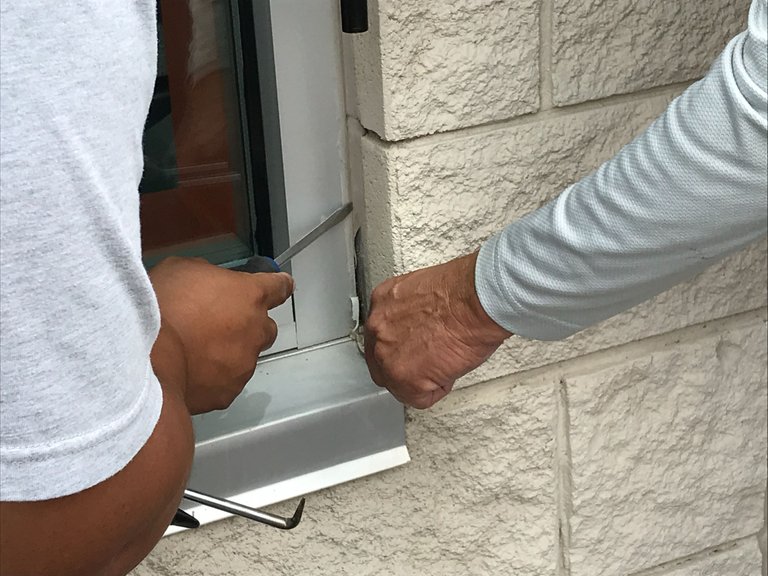
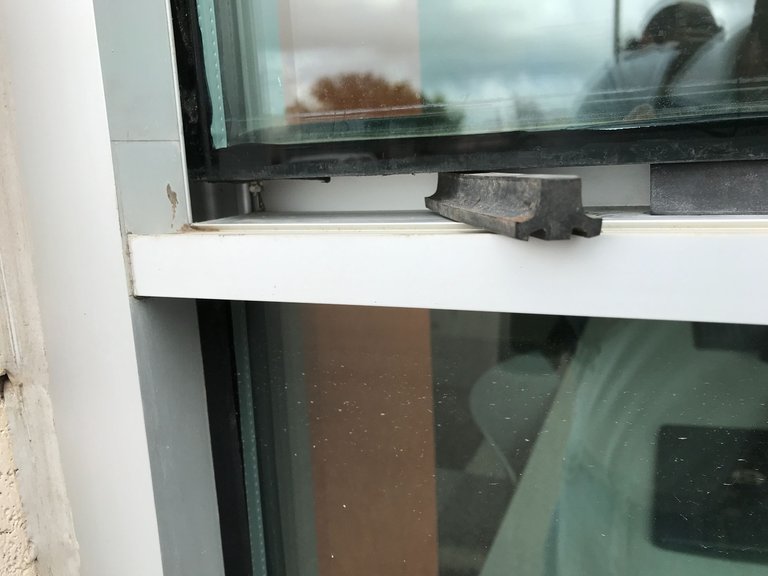
I love ur job
It is a job increasingly in demand. It can be rewarding and satisfying. There is training available through ifma.org if it is something you would like to pursue.